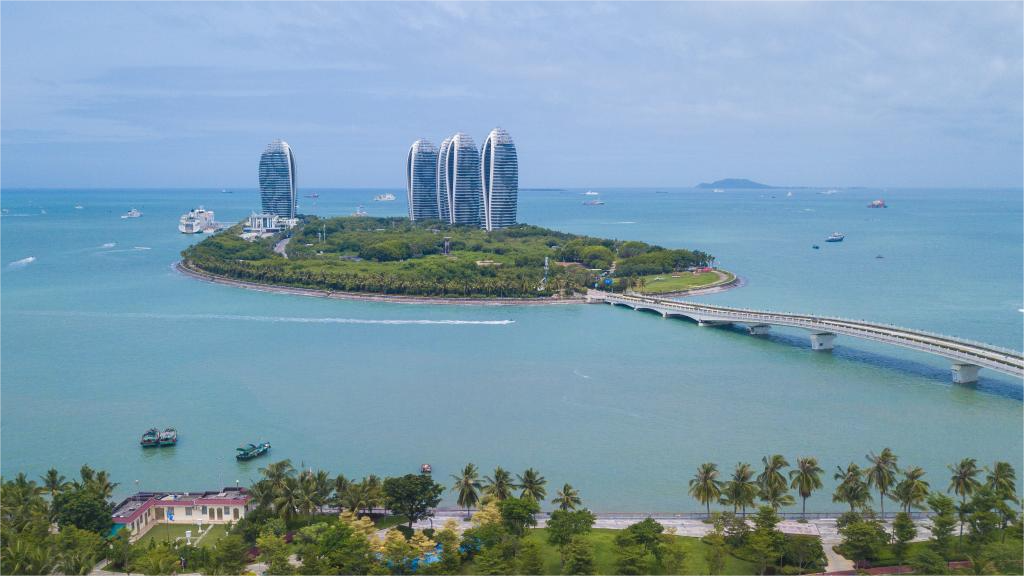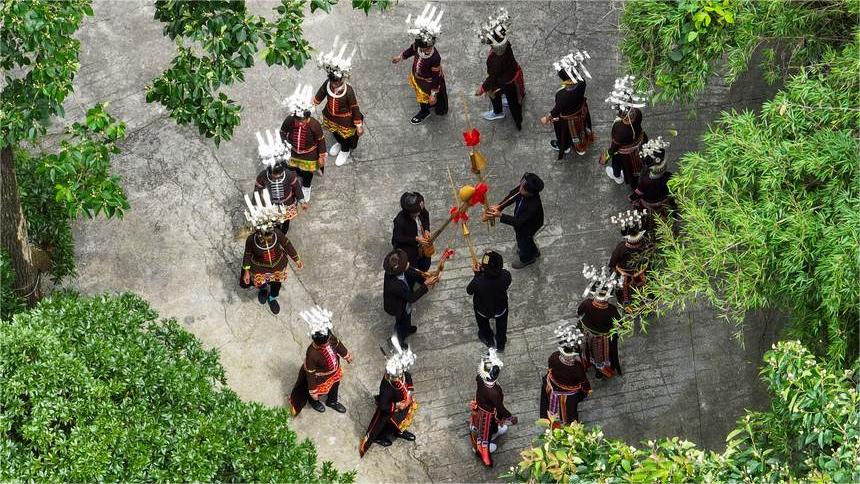Badminton shuttlecocks boost economy of Chinese county
GUIYANG, July 26 (Xinhua) -- A delicate goose feather carries much weight in Jinping County, southwest China's Guizhou Province.
Once plagued by poverty, Jinping is now a global production hub for badminton shuttlecocks. A recent shortage of goose feathers has caused the price of badminton shuttlecocks to rise, drawing attention to this county.
Apart from the production workshops of local enterprises, Jinping is also home to a folk badminton museum in the Reinforced Shuttlecocks Limited (RSL) industrial park. Numerous collections related to badminton are presented in the space of hundreds of square meters here, telling stories woven with culture and history, including badminton's origins in England.
In 1837, at a party hosted by a duke at Badminton House, several army officers who had returned from India demonstrated a game of hitting a shuttlecock back and forth over a net with rackets. This game quickly gained popularity among the upper class.
Since then, this sport, once exclusive to the upper class, gradually gained public acceptance. The production and supply of badminton shuttlecocks became increasingly important. However, the shortage of raw materials remained a persistent challenge.
In certain periods, some uniquely designed badminton shuttlecocks emerged. As early as 1910, an experimental shuttlecock was made using natural palm fiber instead of feathers. However, due to uneven elasticity and inconsistent shape, it resulted in unstable flight.
By 1925, to address the issue of insufficient supply of raw materials, a British company boldly used black goose feathers to make shuttlecocks. Additionally, some manufacturers dyed recycled feathers, resulting in a variety of colorful shuttlecocks.
Attempts to produce better badminton shuttlecocks have never stopped. In 1930, Indian manufacturers used duck feathers as shuttlecock pieces and adopted cotton thread to tie pieces together, trying to obtain a product similar to goose feather shuttlecock, but ultimately failed.
RSL, a well-known badminton brand from the UK established in 1928, set up a factory in Jinping County in 2017.
"Among RSL's 17 factories across the country, our factory is the most remote in the western part of China. But we are the largest one," said Hu Bing, the production manager of Guizhou RSL Sports and Cultural Industry Development Co., Ltd.
The company can now produce more than 100,000 badminton shuttlecocks a day and its products are sold to more than 60 countries and regions worldwide.
"A badminton shuttlecock needs 16 quill feathers, while one goose has only 14 such feathers," Hu explained, adding that it takes 30 days to transform the raw materials into finished badminton shuttlecocks, a process that requires significant capital and brings great pressure to enterprises.
Nowadays, with advancements in technology, synthetic materials are gaining popularity. Reducing the use of natural feathers makes badminton more economical and sustainable.
"I think this development trend is very positive," Hu said. "Plastic shuttlecocks have been developed for many years, and while their market share hasn't yet matched that of natural feather shuttlecocks, we look forward to continuous performance improvements to meet the needs of various sports enthusiasts."
Photos
Related Stories
- China's industrial profits up 3.5 pct in H1
- China badminton team arrives in Paris with confidence for Olympics
- Chinese badminton player, 17, dies during event in Indonesia
- AI Vibes: China's new energy industry aligns with green shift, economic globalization, benefiting world
- Policy support prevents China's industrial profit growth curve from flattening
- County in E China's Jiangsu witnesses impressive progress in crystal, wearable nail industry
Copyright © 2024 People's Daily Online. All Rights Reserved.









